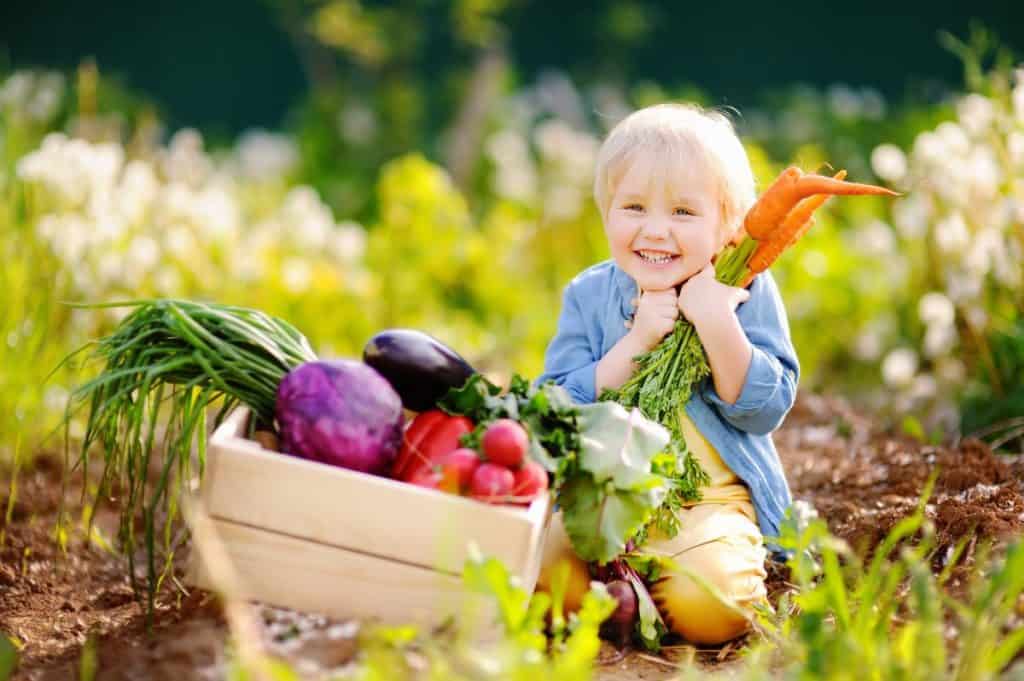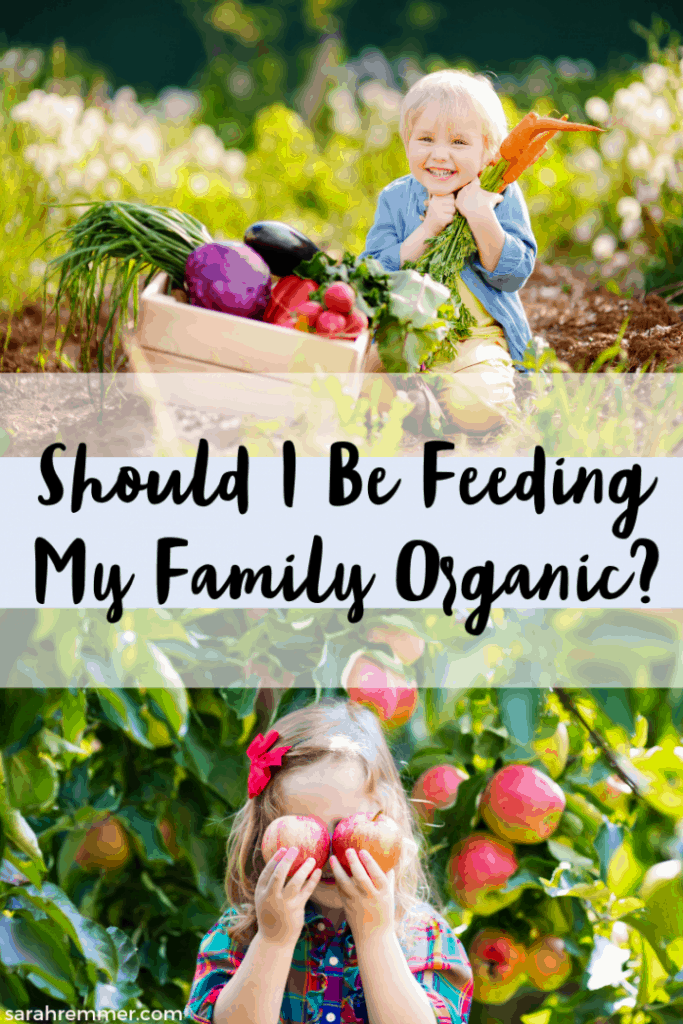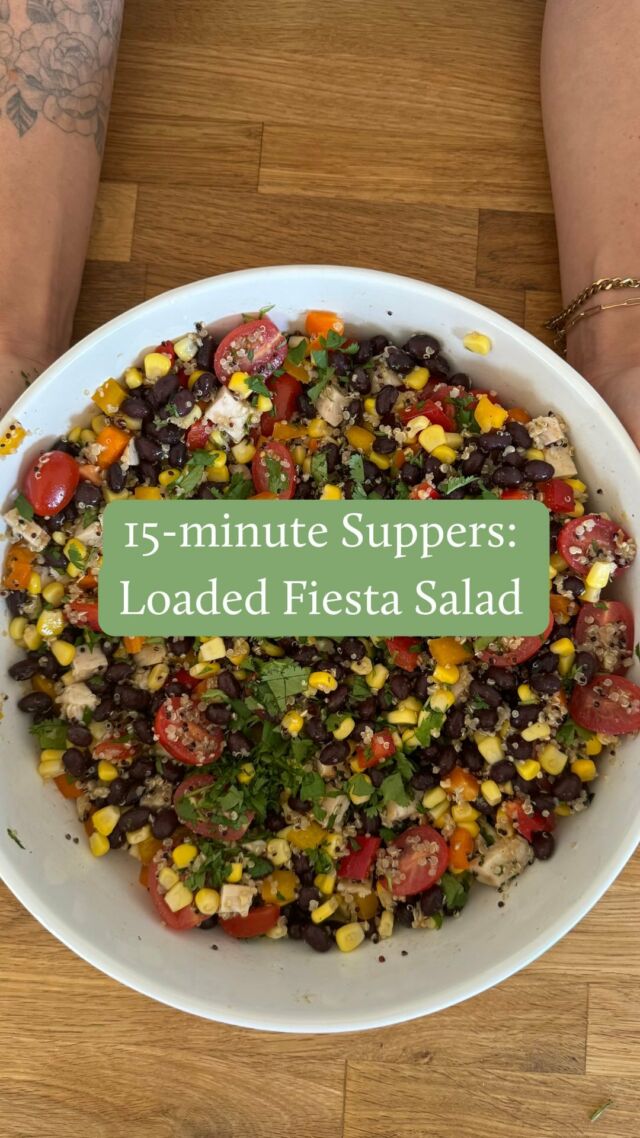
Wondering whether you should be feeding your family organic foods? Confused about pesticides and GMO’s? Read on!
I was recently invited by Croplife Canada to tour some research facilities and farms in Durham, North Carolina. It was enlightening and incredibly interesting for me to learn more about the latest biotechnologies such as use of pesticides and GMO’s in both Canada and the US. It’s not a surprise that–as a dietitian–I get asked all sorts of questions about whether it’s best to feed your family (and eat) organic, or whether conventionally grown food is ok.
First, let’s get real…
Feeding a family is tough. There’s so much pressure as a parent to provide healthy food for children to grow and develop properly, to provide it in a way that will expand their palates, and to not be “that” mom who gives her kid packaged or ultra-processed foods. Right?! Although there is nothing wrong with enjoying the convenience of packaged foods sometimes (I frequently reach for these five processed foods), the stigma of packaged food being unhealthy is still there. Part of the pressure is societal and part of the pressure we put on ourselves. I know that feeling of mom guilt just like you do. From forgetting about wacky hair day (or worse forgetting the correct date of wacky hair day), to hitting the drive-thru post soccer practice.

What seems to be a very common topic or area of confusion nowadays (and yet another common trigger for parent-guilt) is whether to feed your family organic vs. conventional. What’s the deal with chemicals like pesticides, herbicides, and “glyphosate” and how do they affect our kids’ health long term? And then there’s GMO’s! What are they anyways?! Let’s dive into the information…
Organic versus Conventional
What’s the difference? Products labelled as “organic” must meet the Canadian Organic Standards which means they must follow guidelines pertaining to livestock treatment, how crops are grown, how pests and disease are managed, as well as what substances may not be used. This means no using genetically-modified organisms (GMOs) and no synthetic pesticides and fertilizers. Conventional foods, or non-organic foods, may be grown with the aid of synthetic (human-made) pesticides, herbicides, and fertilizers. But did you know that organic foods can also be grown with the help of pesticides? You betcha. All farmers, whether producing organic or conventional crops, battle pests and need pesticides to help. For organic farming organic pesticides may be used which are regulated by Health Canada.

So, is it better to choose organic for my kids and family? This is a question I get asked a lot, mainly from concerned parents or pregnant women! I’m here to say that whether you choose organic or conventional food sources is 100% a personal choice. Instead, what’s best is to choose a balanced, nutritious diet most of the time, focusing on whole foods like fruits, veggies, whole grains and protein-rich foods like meat, fish, eggs, beans and lentils. My favourite phrase is “an organic cookie is STILL a cookie!” There is often the assumption that because something is labelled organic that it must automatically be healthier. False. For packaged products why not do a quick comparison of ingredients? Look for low sodium, high fibre, and a simple ingredients list. Whether the front of the box says organic or not, the back of the box is where the most important information can be found.
That being said, there’s a lot of concern over the potential effects of pesticides, herbicides, and GMOs. So, let’s break it down.
What are GMOs?
A genetically-modified organism is a result of a type of plant breeding where “precise changes are made to a plant’s DNA to give it characteristics that cannot be achieved through traditional plant breeding methods”. Some of the reasons that GMOs were created include insect resistance, drought tolerance, herbicide tolerance, disease resistance, and enhanced nutritional content. In the case of any argument there are always two-sides to the same coin. For example, by genetically modifying a crop to have better moisture retention you are protecting the crop from drought, therefore increasing crop yield, and saving water by reducing the need for extra irrigation! This also means lower overall cost for the food at the grocery store due to crop success and size! Genetically modifying or engineering a food to become more adaptable to climate or disease can also help save foods from near extinction. The papaya is a prime example! Nearly half of Hawaii’s papaya crop disappeared due to a virus, but by genetically modifying the papaya Hawaii was able to regain their fruit crop and continue to produce delicious papayas.

What about pesticides?
Pesticides are used by farmers to manage all those pesky-pests! This includes insects, fungi and weeds which threaten the health and quality of a crop. There are three types of agricultural pesticides 1) herbicides to control weeds, 2) fungicides to protect plants from disease, and 3) insecticides to control insects that could cause damage to a crop.
Canada has a strict regulatory system in place that regulates pesticide use to ensure safety of human health and the environment. Health Canada’s Pest Management Regulatory Agency (PMRA) reviews all pesticides before approving them for use. And let me tell you, Canada’s testing process is in depth, and for good reason! The PMRA reviews more than 200 separate studies for health and environmental impacts before its final approval.

“Dirty” Dozen and the “Clean” Fifteen
If you haven’t heard about the Environmental Working Group’s annual list of the pesticide-heavy AKA the dirty dozen and the “clean” (pesticide-low) fifteen then here we go! The 2019 EWG list is out and it shares with the consumer the top 12 foods that tested high in pesticide residue and the top 15 foods that tested low in pesticide residue. But what does it really mean? First of all, the EWG encourages the consumer to buy organic food when possible in order to avoid pesticide consumption. Yes, it would be nice to purchase organic food, but is it the only option for your family? Nope! Because all food, whether conventional or organic, can have pesticides present, and this level is strictly monitored. It’s also important to note that the EWG didn’t test organic foods, which makes the list a little one sided. That being said, if you choose to shop for your fruits and veggies based on the EWG’s list go for it! Keep variety to your choices and don’t eliminate foods from the “dirty” list if you are unable to buy organic. Simply peel (if necessary) and wash your foods! You won’t get rid of all the pesticide residue, but there will be less present!
Bottom line, the more I investigate, the more I feel confident buying a mixture of organic and conventional foods. Because according to the Canadian Food Inspection Agency, the majority of all fresh food found in the grocery store contain no traces of pesticides, and almost all (99%) of fresh fruits and veggies are below Health Canada’s defined limits. That being said, we are bound to consume some level of pesticide in our eating career. Washing produce before consuming helps a little, peeling the outer layer of fruits and veggies helps a little bit more. But at the end of the day what it comes down to is personal choice, availability and budget. If you decide to go organic, that’s fantastic! However, if you choose to select only a few (or not any) foods to buy organic, that’s awesome too! Above all, the best thing you can do for yourself and your family is to choose nutritious and whole foods most of the time – whether that is organic or conventional.









Leave a Comment